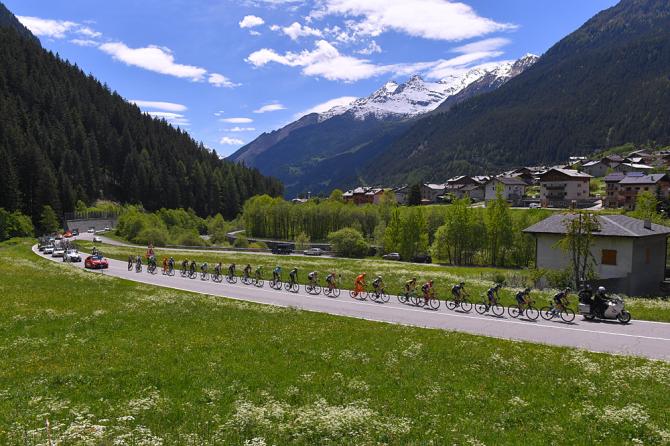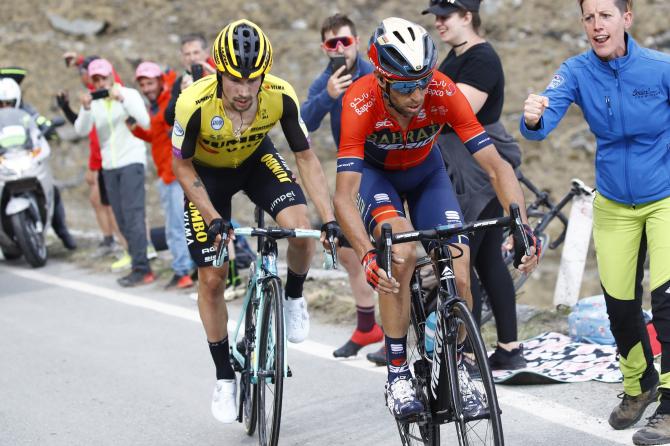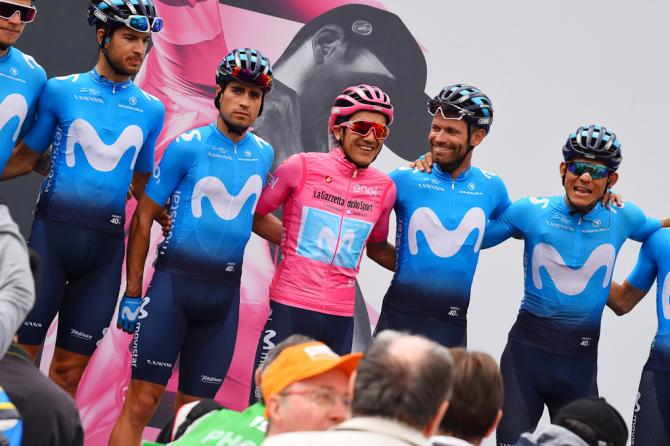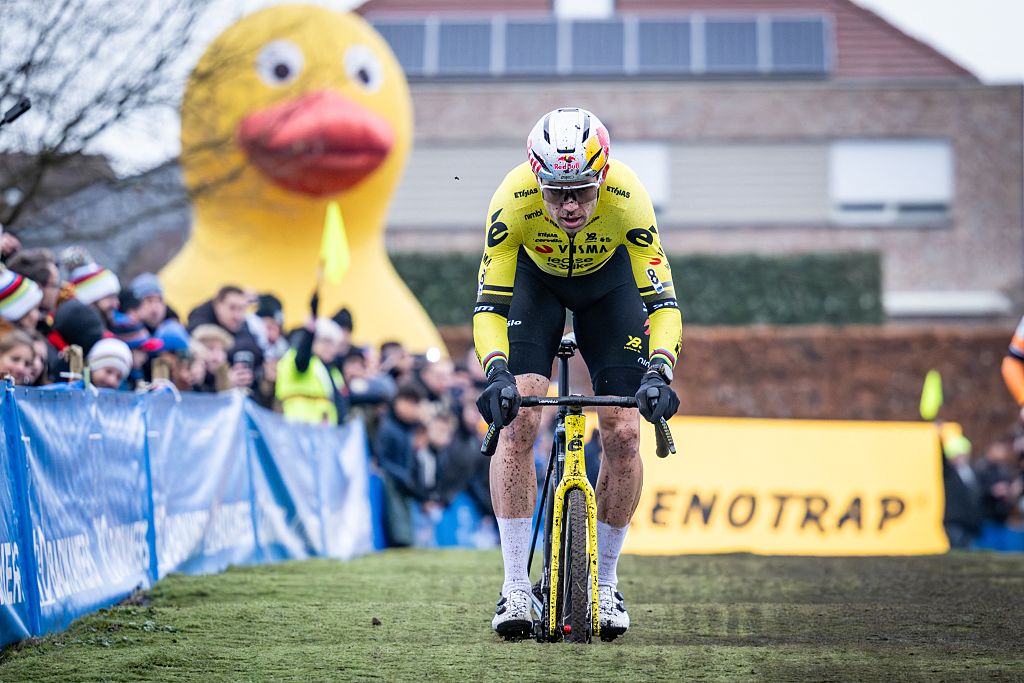Infinite climb: The Giro d'Italia takes on the Mortirolo
Absence of Gavia heaps focus on wickedly steep ascent
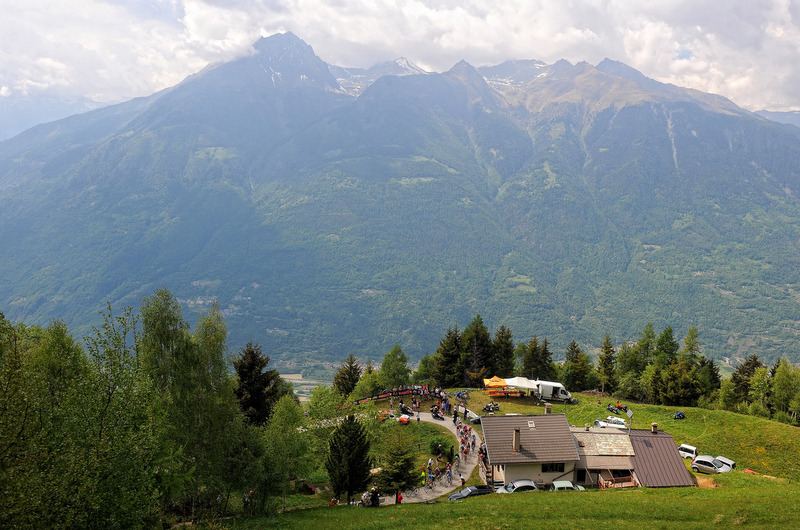
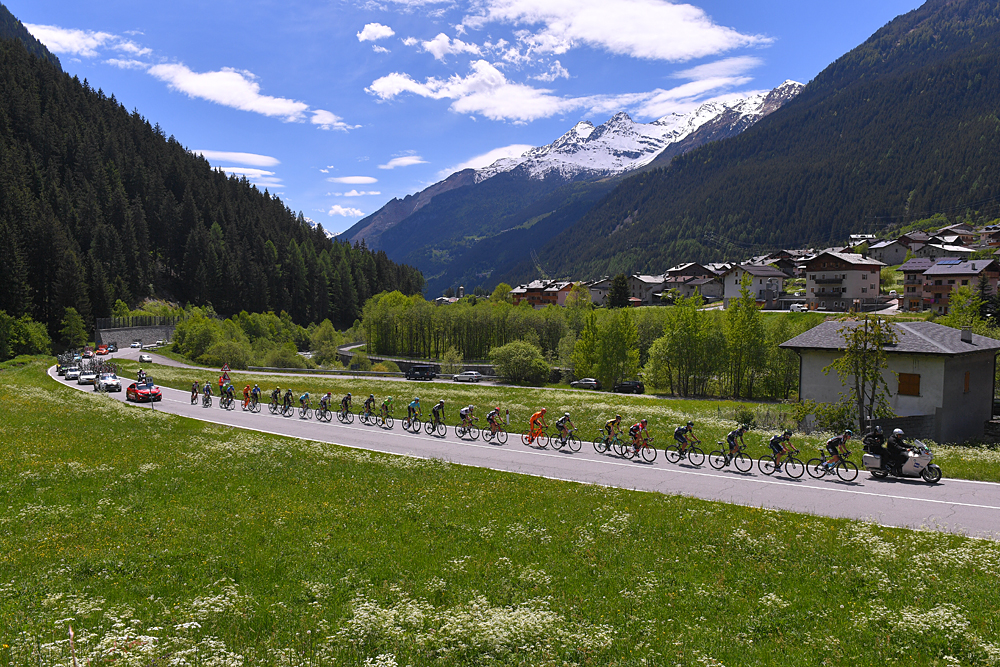
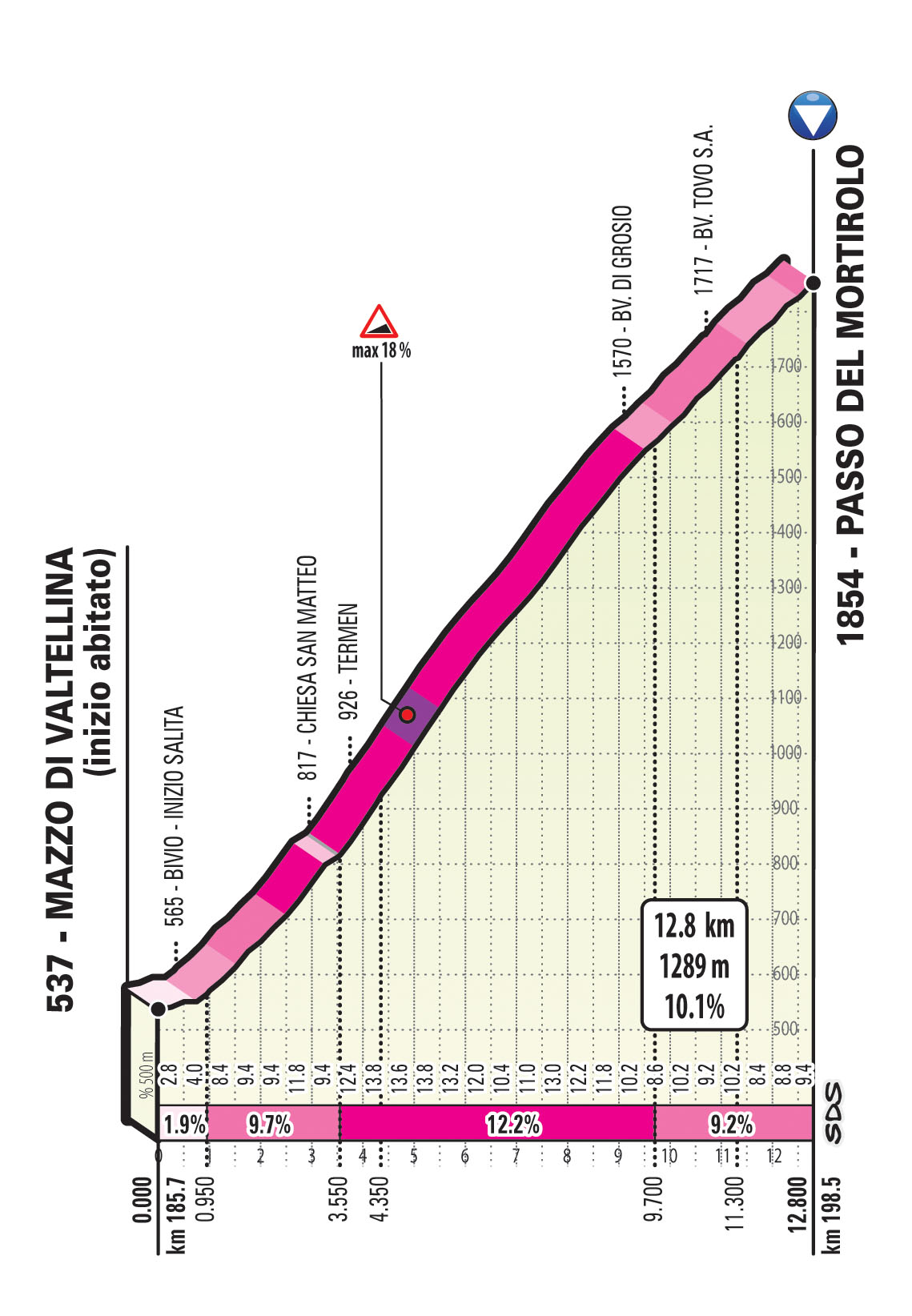
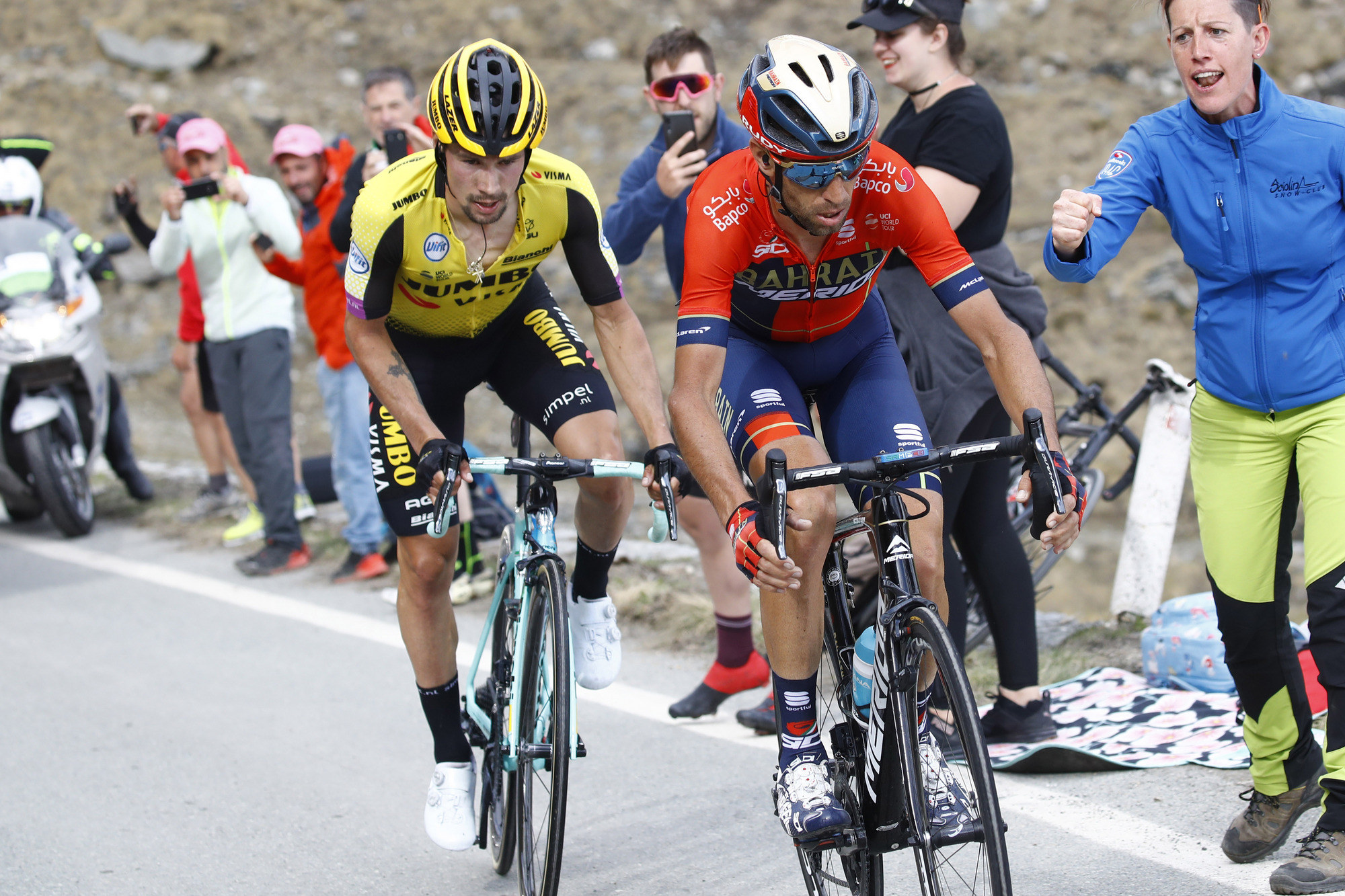
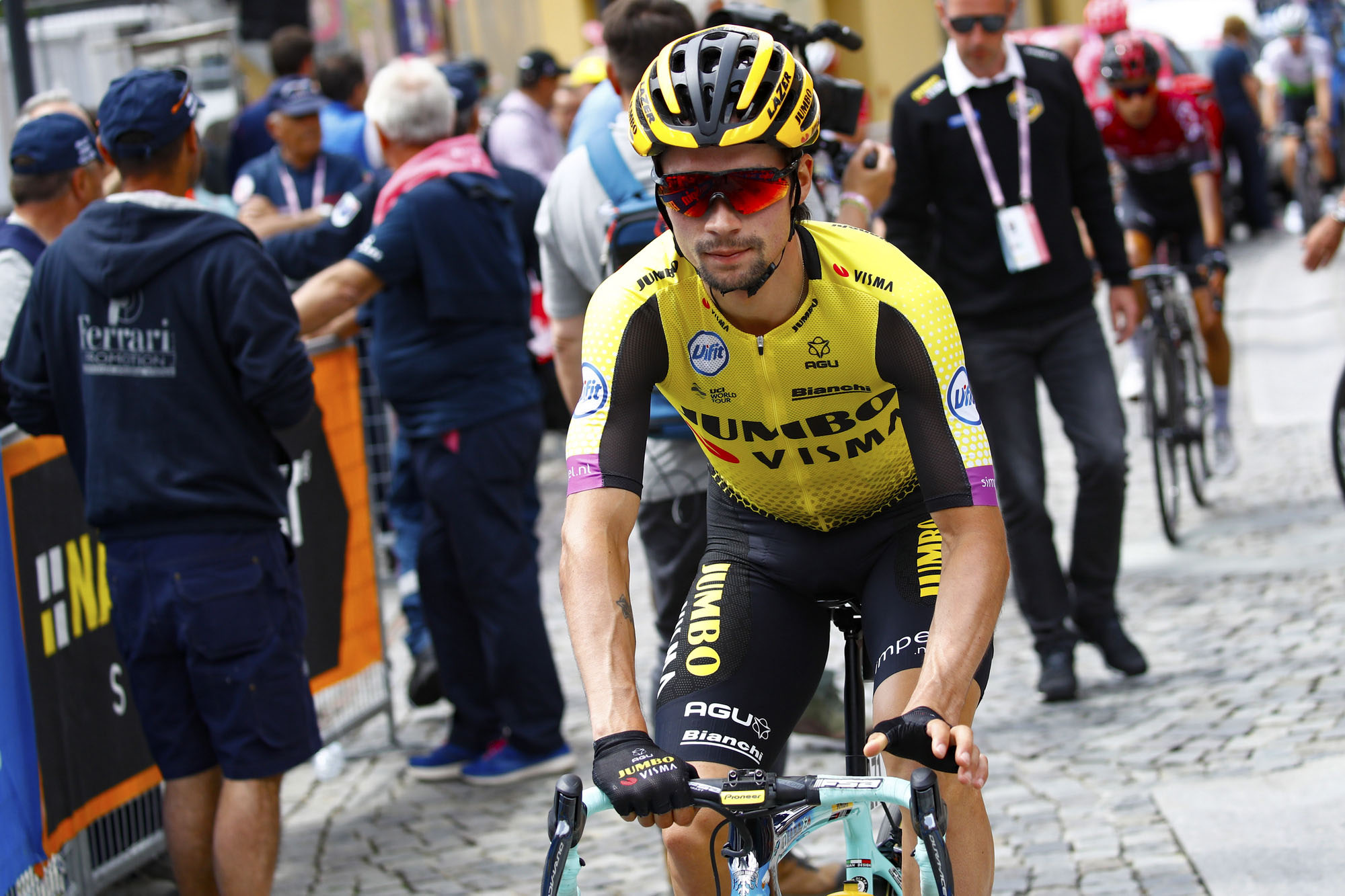
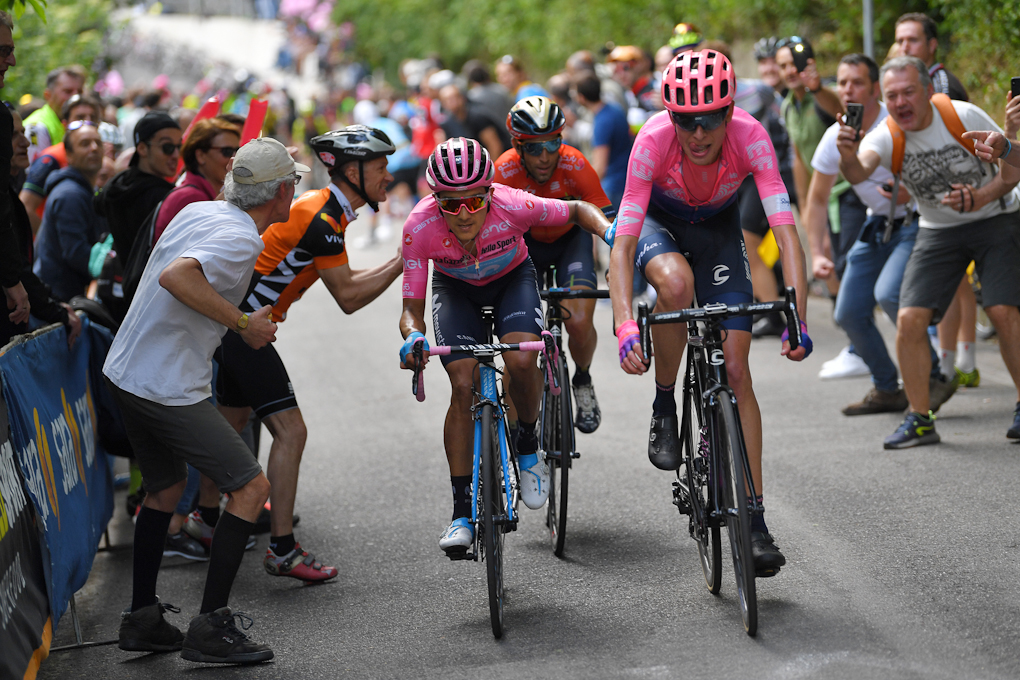
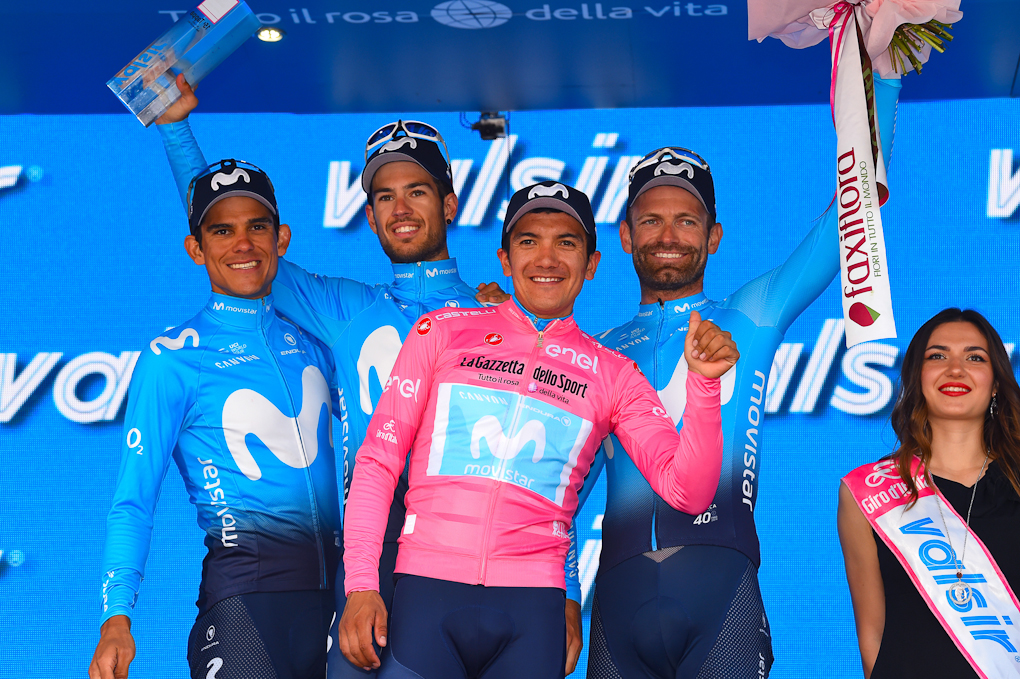
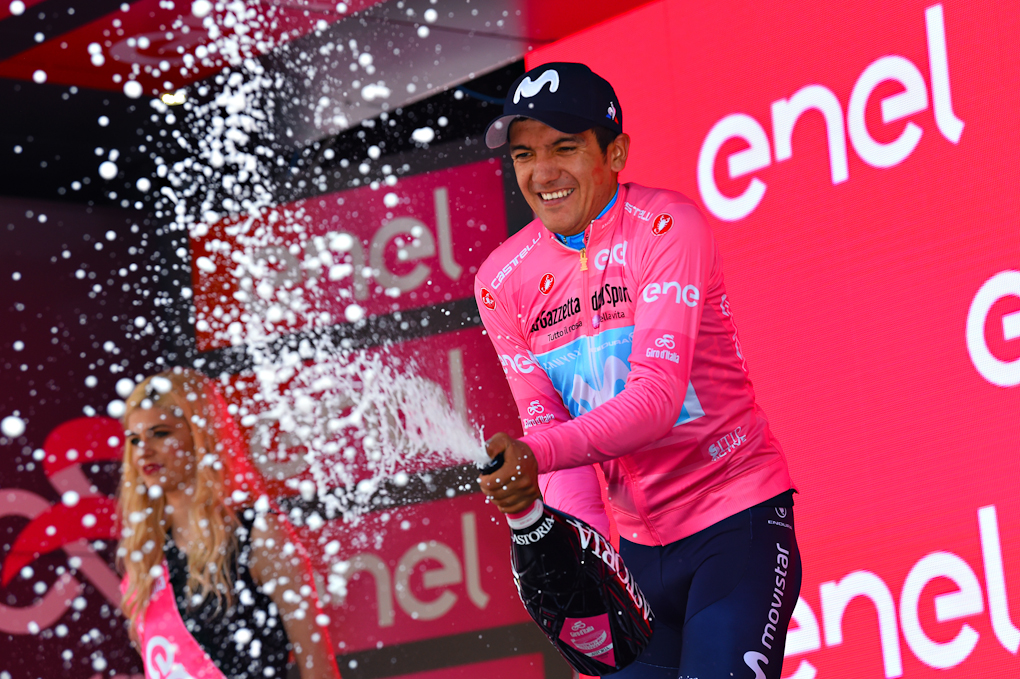
For over a week, attention was heaped upon the Passo Gavia. Would they or wouldn't they? The banks of snow lining the road conjured up romantic images of Andy Hampsten in 1988, but the risk of an avalanche was a stark reminder of why another Gavia stage was cancelled outright at the following year's Giro d'Italia.
On Saturday evening, race director Mauro Vegni ended the suspense 48 hours early by announcing that stage 16 of the 2019 Giro will not tackle the Passo Gavia. Instead, the stage from Lovere to Ponte di Legno will be routed by way of the category 3 ascents of Cevo and Aprica before taking on the fearsome Mortirolo as planned in the finale.
Yes, the Mortirolo. It hasn't gone away you know. With the 2,618m-high Gavia scrubbed from the horizon for this year at least, the wickedly steep slopes of the Mortirolo have come into sharper focus these past two days.
The original route of stage 16 was 226 kilometres in length with a total altitude gain of 5,200 metres. The stage would have been a slugging match, and by the Mortirolo, the last men standing might have struggled to land a punch.
Now 190km with 4,800 metres of climbing, the revised route is still eye-wateringly tough but, in theory at least, the front-runners will arrive fresher (it's all relative, of course) at the foot of the Mortirolo. It would be inaccurate to say stage 16 of the Giro will be easier in the absence of the Gavia; it will simply be extremely difficult in a different kind of way.
"If they were going up the Gavia, they'd come to the Mortirolo with their legs in a bit of a bad way already and they wouldn't have gone up it as hard," Astana directeur sportif Giuseppe Martinelli told Cyclingnews. "But the Mortirolo, if you do it really hard, then you'll make the difference up at the top because it's such a demanding climb. If you ride it hard, then the gaps will be counted in minutes."
The Mortirolo first featured on the Giro in 1990, when it was tackled on the gentler approach from Edolo. The fearsome Mazzo di Valtellina side – "the real side," per Vincenzo Nibali – was introduced a year later, with Franco Chiccoli forging clear en route to final overall victory.
The latest race content, interviews, features, reviews and expert buying guides, direct to your inbox!
At 11.9km in length, at an average of 10.9% and with sustained ramps of 18%, the Mortirolo kickstarted modern cycling's obsession with extreme gradients, though it offers a different challenge to the Zoncolan or Angliru. It is a climb to be raced rather than simply endured.
"On some sections the Mortirolo feels like the Zoncolan though with slightly less of a gradient," Nibali said on Monday. "But on the other hand, the Mortirolo gives you the impression that it's an infinite climb."
The route and the weather
The climbing starts early on Tuesday's stage with the long, steady haul from Lovere to the Passo della Presolana. The unclassified ascent of the Croce di Salven follows before the route drops towards Capo di Ponte. The category 3 Cevo, which climbs to 1,054 metres, is the first instalment of the two-part replacement for the Gavia. Next up is the category ascent towards Aprica, where several previous Mortirolo stages have finished.
The ascent of the Mortirolo begins after 154km of racing, and riders will still have almost 30km to race when they hit its 1,854m-high summit. After the sinuous descent by way of Monno, the road climbs gradually once more for the final 10km to Ponte di Legno.
In the absence of the mighty Gavia, the snow and freezing temperatures above 2,000 metres will not affect the race, but the weather will nonetheless be a pivotal element in how the stage plays out. The weather forecast is for persistent rain in the provinces of Bergamo, Brescia and Sondrio on Tuesday, and the temperature on the Mortirolo will not rise above 8°C.
"I think it was the tappone of the Giro and it won't be too different without the Gavia. The Mortirolo is still the Mortirolo," said Bahrain-Merida directeur sportif. "The weather is another adversary in the mix. There are going to be many unpredictable elements in the stage because of the weather."
Carapaz, Nibali and Roglic
Richard Carapaz (Movistar) carries the maglia rosa into the Giro's final week, with a lead of 47 seconds over Primoz Roglic (Jumbo-Visma) and 1:47 over Vincenzo Nibali (Bahrain-Merida). Behind the three principal contenders, men like Simon Yates (8th at 5:24) and Miguel Angel Lopez (10th at 5:55) will be desperate to climb their way back into contention after troubled races to this point.
Carapaz's teammate Mikel Landa (5th at 3:15) will watch each move with interest. The Basque rode strongly on the Mortirolo in 2015, after all, eventually beating Alberto Contador and Steven Kruijswijk to the stage honours in Aprica.
Of the top three overall, Nibali is the only rider to have raced over the Mortirolo on the Giro. He did so in 2008 – "I've blocked it out from my memory, I was so far back," he joked – and in 2010, when he escaped in the company of Ivan Basso and the late Michele Scarponi. Nibali will know, too, that the descent can present opportunities of its own.
Roglic reconnoitred the Mortirolo during the spring and played down the importance of having raced up the ascent before. "I think it's the same for everyone," he said on Monday. "I'm not bad on the climbs but let's wait to the end of the Giro to say who is really the best."
As ever, the Mortirolo should offer some firm pointers.

Barry Ryan was Head of Features at Cyclingnews. He has covered professional cycling since 2010, reporting from the Tour de France, Giro d’Italia and events from Argentina to Japan. His writing has appeared in The Independent, Procycling and Cycling Plus. He is the author of The Ascent: Sean Kelly, Stephen Roche and the Rise of Irish Cycling’s Golden Generation, published by Gill Books.
